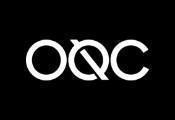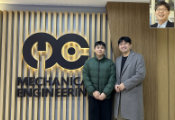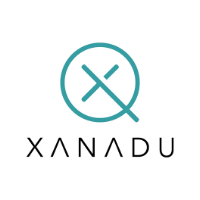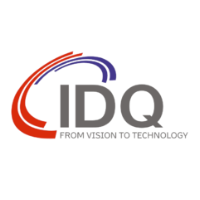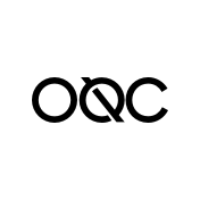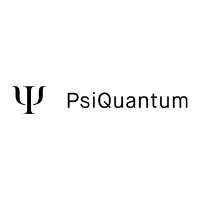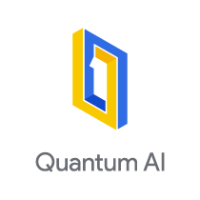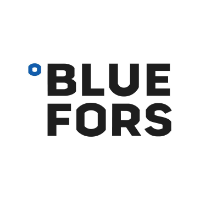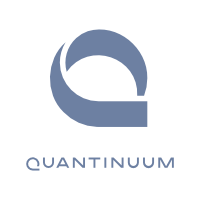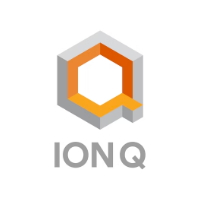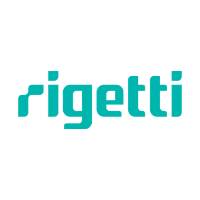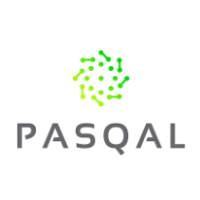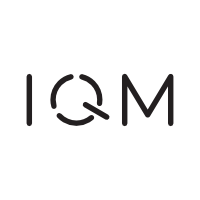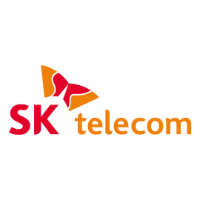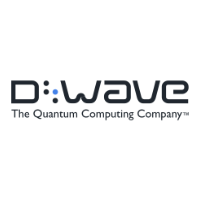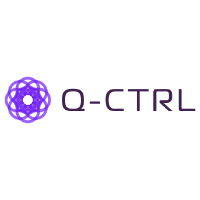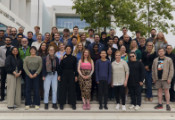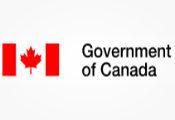New Study: More Than One-Quarter of Surveyed Business Leaders Expect Quantum Optimization to Deliver $5M or Higher ROI Within First Year of Adoption
PALO ALTO, Calif., July 21, 2025 -- D-Wave Quantum Inc. (“D-Wave” or the “Company”), a leader in quantum computing systems, software, and services, and the world’s first commercial supplier of quantum computers, announced the results of a new study today that highlights the potential for quantum optimization to create value across industries. According to the study, 46% of surveyed business leaders whose company has implemented quantum optimization or plans to do so within the next two years expect a return on investment of between $1 and $5 million, while 27% predict a return of more than $5 million in the first 12 months.
The findings are detailed in a new report published today by D-Wave in collaboration with Wakefield Research, a leading market research and thought leadership firm. In May 2025, Wakefield Research surveyed 400 business leaders from select countries in North America, Europe and Asia Pacific (APAC), the majority of whom are familiar with quantum computing and who make decisions about optimization technologies.
A majority of the business leaders surveyed (81%) believe that they have reached the limit of the benefits they can achieve through optimization solutions running on classical computers. Against that backdrop, many are starting to explore whether quantum technologies can help. 53% are planning to build quantum computing into their workflows and 27% are considering doing so, indicating a growing recognition of quantum computing’s real-world business value. Close to a quarter (22%) are seeing quantum make a significant impact for those who have adopted it, while another 50% anticipate it will be disruptive for their industry.
Quantum computing: an emerging “game changer” for optimization
The results of the study show that quantum computing is gaining recognition among business leaders for its ability to potentially deliver major efficiencies in addressing complex optimization problems and operational improvements. Three in five (60%) respondents expect quantum computing-based optimization to be very or extremely helpful in solving the specific operational challenges that their companies face. In fact, among those respondents most familiar with quantum, this figure rises to 73%, including nearly a quarter who describe it as “a game changer.” The areas in which business leaders expect to benefit from an investment in quantum optimization include: supply chain and logistics (50%), manufacturing (38%), planning and inventory (36%), and research and development (36%).
The business need for new optimization technology
Most respondents (88%), especially those in the manufacturing industry, believe that their company would go “above and beyond” for even a 5% improvement in optimization. Key hurdles to improving optimization capabilities include: leaning on outdated technology (39%), budgetary restrictions (38%), relying on classical optimization that runs on conventional computers (36%), and staffing bandwidth or lack of skills (35%). The vast majority (87%) report that they believe complacency is getting in the way of innovation at their organization.
Despite perceived barriers, the push to adopt new optimization tools is prompting a rising interest in quantum computing by survey respondents. Leaders cite the need for more innovative products and services, improving operational efficiency, reducing costs, and increasing revenue as the most likely drivers for investing in quantum optimization.
“Yesterday’s legacy computing solutions are struggling to keep pace with modern business,” said Dr. Alan Baratz, CEO of D-Wave. “Leaders are increasingly recognizing that annealing quantum computing can play a pivotal role in solving business-critical problems now. This survey reflects the rapidly growing interest in applying quantum to complex optimization use cases, with business leaders unequivocally recognizing the substantial potential ROI of doing so.”









